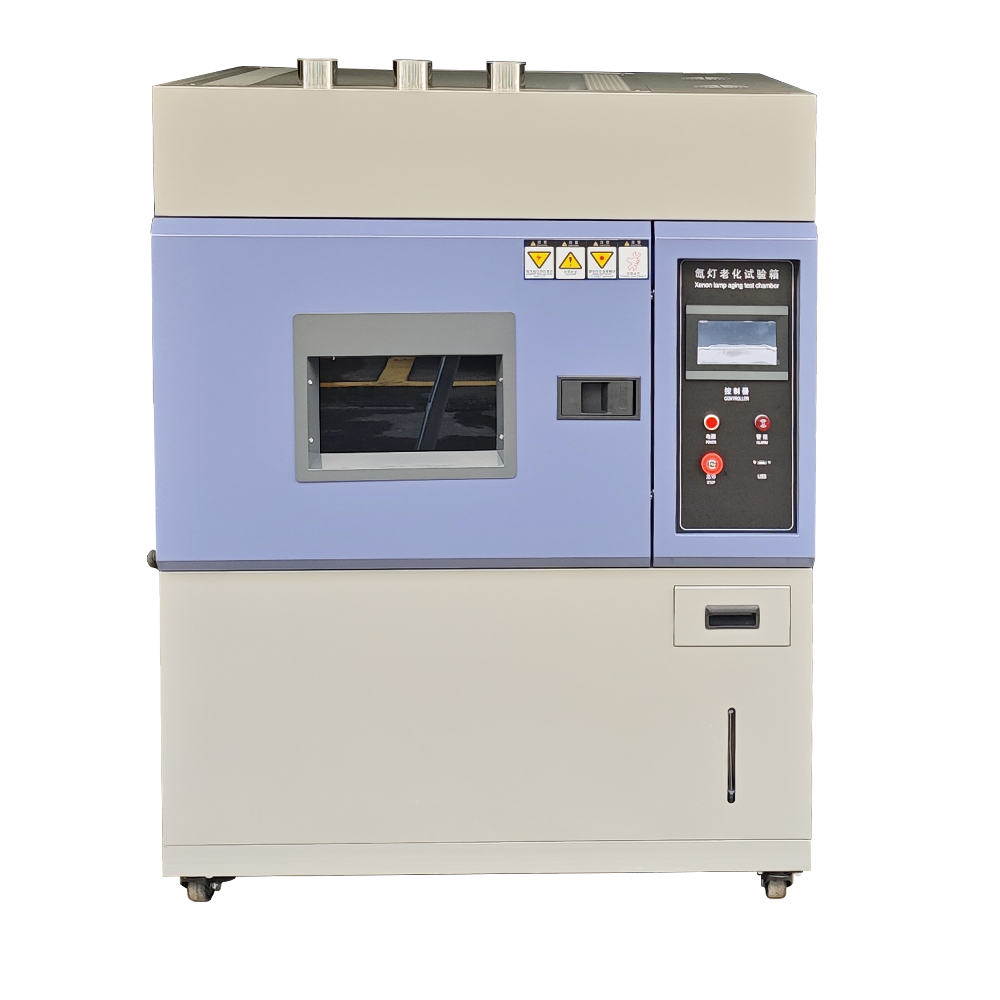
paint plastic xenon test chamber
568005.0 INR/Unit
Product Details:
X
paint plastic xenon test chamber Price And Quantity
- 1 Unit
- 568005.0 INR/Unit
paint plastic xenon test chamber Trade Information
- Cash in Advance (CID)
- 90 Unit Per Month
- 5 Days
- All India
Product Description
paint plastic xenon test chamber Standard Features
| Model | DR-H301 |
| Internal dimension (WxDxH) | 500*600*500mm |
| External dimension (WxDxH) | 1000*1000*1750mm |
| Temperature range | RT+10~ 60 (suggest to use 402) |
| Temperature Fluctuation | 1 |
| Ozone concentration | 50~1000 pphm, adjustable |
| Ozone concentration deviation | 10% |
| Sample holder | SUS#304 stainless steel |
| Temperature controller | Programmable touch screen controller |
| Ozone concentration analysis | Concentration analysis meter |
| Ozone generator | High pressure silence discharge type |
| Protection system | Leakage, short circuit, over temperature, over heat |
| Test criteria | ASTM D1149, ISO 1431, JIS K6259... |
The paint and plastic xenon lamp test chamber is a device used to simulate the effect of sunlight exposure and test the aging resistance of materials. The following is detailed information about xenon lamp test chambers for coatings and plastics:
scope of application
Coatings: Used to test the weather resistance, UV resistance, and fading and aging phenomena of paints, coatings, and other materials under simulated sunlight conditions, as well as long-term exposure to climate environments.
Plastic: Used to test the weather resistance, UV resistance, and fading and aging phenomena of materials such as plastic and rubber under simulated sunlight conditions, as well as long-term exposure to climate environments.
Other materials: It can also be used to test the weather resistance of materials such as aluminum-plastic panels and automotive safety glass.
Working principle
Light source: Xenon arc lamp is used to simulate the full spectrum of sunlight, including ultraviolet (UV), visible light, and infrared radiation, especially in the UV-A and UV-B bands, to accelerate the aging process of materials.
Environmental simulation: By setting environmental conditions such as temperature and humidity, the aging characteristics of materials such as fading, cracking, and brittleness can be accelerated by simulating factors such as lighting, temperature changes, and moisture in the natural environment.
Testing cycle: It takes several days or weeks to reproduce the hazards that occur outdoors for months or even years, helping to evaluate the performance of materials in long-term use.
Main functions and features
Spectral simulation: The spectrum released by xenon lamps can simulate ultraviolet, visible, and infrared rays in sunlight, especially in the UV-A and UV-B bands, which have the greatest impact on coatings and paint materials.
Temperature and humidity control: Temperature and humidity can be set to simulate factors such as lighting, temperature changes, and humidity in natural environments.
Accelerated aging: Through strong ultraviolet irradiation, the material surface is rapidly struck, causing molecular chain breakage and simulating long-term outdoor exposure.
Sample rack design: The height of the sample rack can be manually adjusted, and there is no requirement for the shape of the tested product, as long as it is placed on a tray.
Multiple models: Different models of test chambers may vary in terms of studio size, external dimensions, total power, and control system
The testing cycle of the xenon lamp test chamber can be adjusted according to different testing standards and requirements, generally ranging from a few days to several weeks. Here are some common testing cycles:
Short term testing: usually lasting from a few days to a week, used to quickly evaluate the light and weather resistance of materials.
Mid term testing: typically one week to one month, used to evaluate in more detail the performance changes of materials in simulated environments.
Long term testing: can last for weeks or even months, used to comprehensively evaluate the aging resistance of materials exposed to simulated environments for a long time.
The specific testing cycle depends on the following factors:
Testing standards: Different industry standards (such as ASTM, ISO, GB, etc.) may have different testing cycle requirements.
Material type: Different materials have different aging rates and testing cycles.
Test purpose: If it is only for preliminary screening of materials, short-term testing may be sufficient; If a detailed evaluation of the long-term performance of the material is required, a longer testing cycle is needed.
Environmental conditions: Simulated environmental conditions such as light intensity, temperature, humidity, etc. can also affect the testing cycle.
For example, according to the GB/T 16422.2-2014 standard, the cycle of xenon lamp aging test can be:
Basic cycle: 24 hours per cycle, including light and dark phases.
Total cycle: Multiple basic cycles can be set as needed, such as 500 hours, 1000 hours, etc.
Tell us about your requirement

Price:
Quantity
Select Unit
- 50
- 100
- 200
- 250
- 500
- 1000+
Additional detail
Mobile number
Email



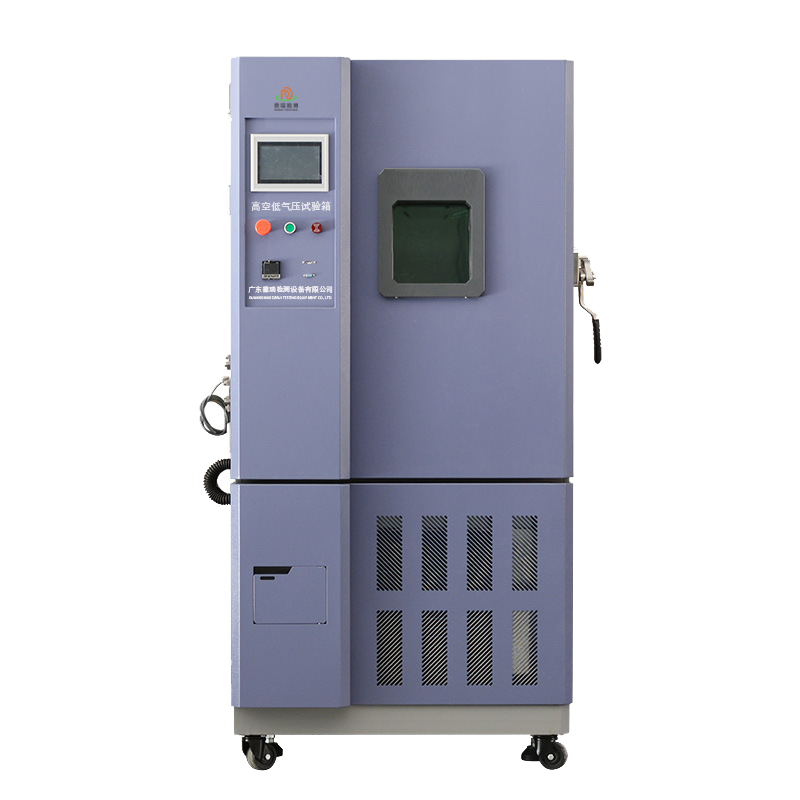
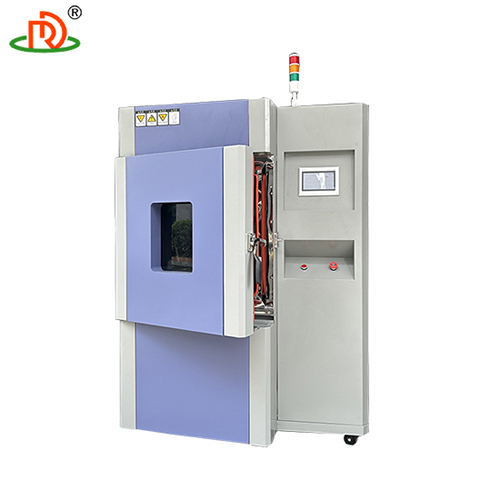
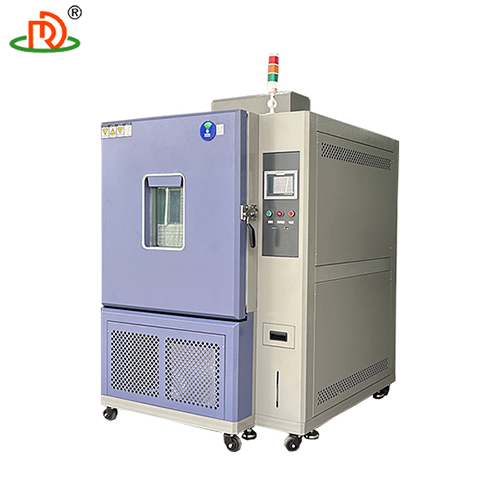
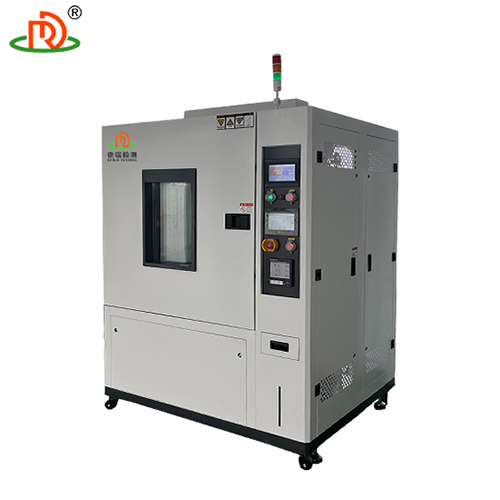

 English
English Spanish
Spanish French
French German
German Italian
Italian Chinese (Simplified)
Chinese (Simplified) Japanese
Japanese Korean
Korean Arabic
Arabic Portuguese
Portuguese